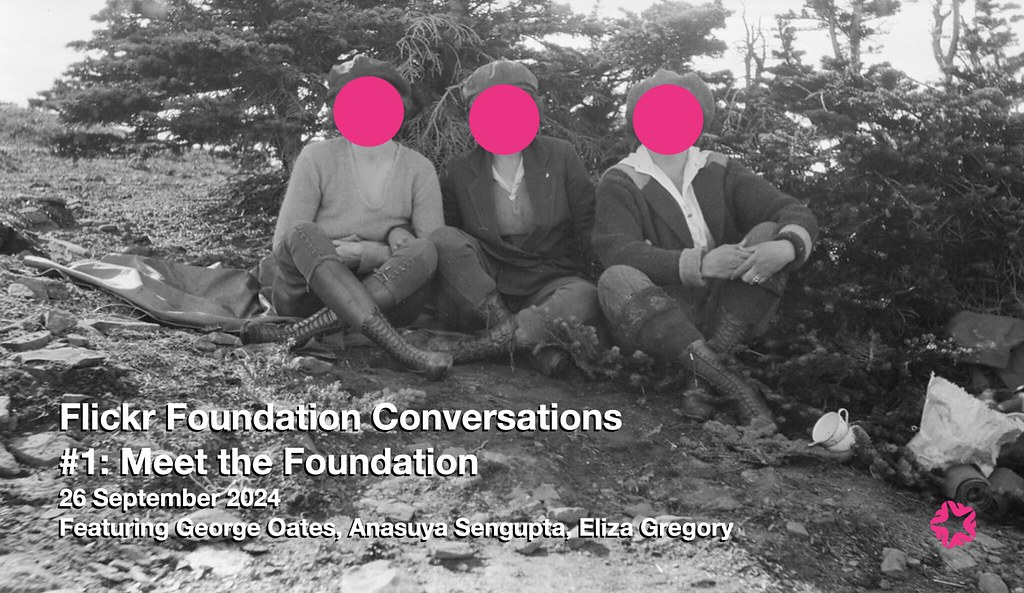
Synopsis
From the program:
In the spirit of critical and social museology, the Museums Without Walls conference invites us to reclaim notions of virtuality from the technopositivist buzz and revisit the long history of relationships between museums and media.
The many contributions to the event open space for the discussion and exercise of new configurations for art institutions amidst other information technologies. They propose further ways to dispute ossified narratives and account for overlooked artforms; access and engage with collections; return cultural artifacts to the spheres of circulation; take care of the publics, their histories, circumstances, and modes of expression.
The conference is accompanied by a week-long exhibition that gathers projects that reimagine our modes of cultural engagement, access, and preservation, using media as diverse as publications, interactive videos, and immersive environments.
Rough Notes on the 100-year Plan workshop
I turned up on the first day after a nice walk along the shores of Lake Ontario, ready to run a How to Write a 100-year Plan workshop. I was pretty early, but was able to grab a Tim Horton’s coffee, and head up to the classroom allotted for the session, ably guided by conference worker, Fan. It was such a lovely day though, once the folks who were up for the workshop arrived, I didn’t have to work too hard to convince the group to head out into the sunshine.
I was joined by Ellie, Prakash, and Heather from The Cyber Love Hotel in Montreal, an artist called Blake, and another conference worker, Utin. What a great group. These workshops are so helpful for me as we shape this idea of an organisation with a 100-year outlook. It’s really a way for me to say “I don’t know what needs to be in a 100-year plan yet. Tell me what you think.”
From my notebook:
- Penelope Umbrico works in the medium of Flickr
- Julianne (sp?) Huxtable
- Communities online operate at tremendous speed now; speed of retrieval is off the chain. (When’s the last time you looked at Page 2 of Google??)
- Physical place as a grounding?
- Cobalt pillar. Built to LAST.
- I want no legacy. Leave no trace. Private, secret.
- Diversity of tactics
- Does disappearance create a renewal?
- Who’s going to pay for it?
- Time-release funds?
- Money time capsule? Person-to-person transmission? Personal letter, internal, from team to team.
- How do we help a group of young people in 2060 get up and running?
- Make information as malleable as possible.
- What are the offshoots and branches and loopholes?
- Long term capitalist support? Electricity?!
- “This archive once existed.” – describe why that’s important; why are we doing this?; description / archiving / representation
- Averages, models, case studies, instead of the whole thing?
- 50 billion images is the Wild West. Good luck.
- What’s the equivalent of a Chinese oracle where there is inscription on to bone?
- Could there be local research support? “I need 50,000 images of the sun.” Picture librarians.
- Functionalities? Shaping access over time.
- Duplicate, decentralize
- Forgotten or deleted? Could a machine or a human leave a description behind?
- What is the bare minimum for reconstruction (of data, images, representations)?
- “We’ll keep the pile as nice as we can.” And time will do its thing.
- “Landfill” cannot be consumed in the aggregate; how could we add productive friction?
- (50 billion is too big)
Thanks for coming, Ellie, Prakash, Heather, Blake, and Utin. I really enjoyed that.

Visit to the Queen’s University Archives
Thanks to an introduction from Mary Grace Kosta, who works at the Congregation of the Sisters of St. Joseph in Canada and is in the Flickr Commons, I arranged a visit with Jeremy, Digital Archivist at Queen’s University Archives.
It was lovely to be in amongst the Canadiana held there, and we had a quick look in the stores, and talked about the challenges of digital archiving workflows. It can be so fiddly!

Have a look at our upcoming events and the archive
We’re steadily gathering and documenting events we attend or that we hold at the Foundation. It takes ages! But, we reckon it’ll be worth it in, say, 60 years.



